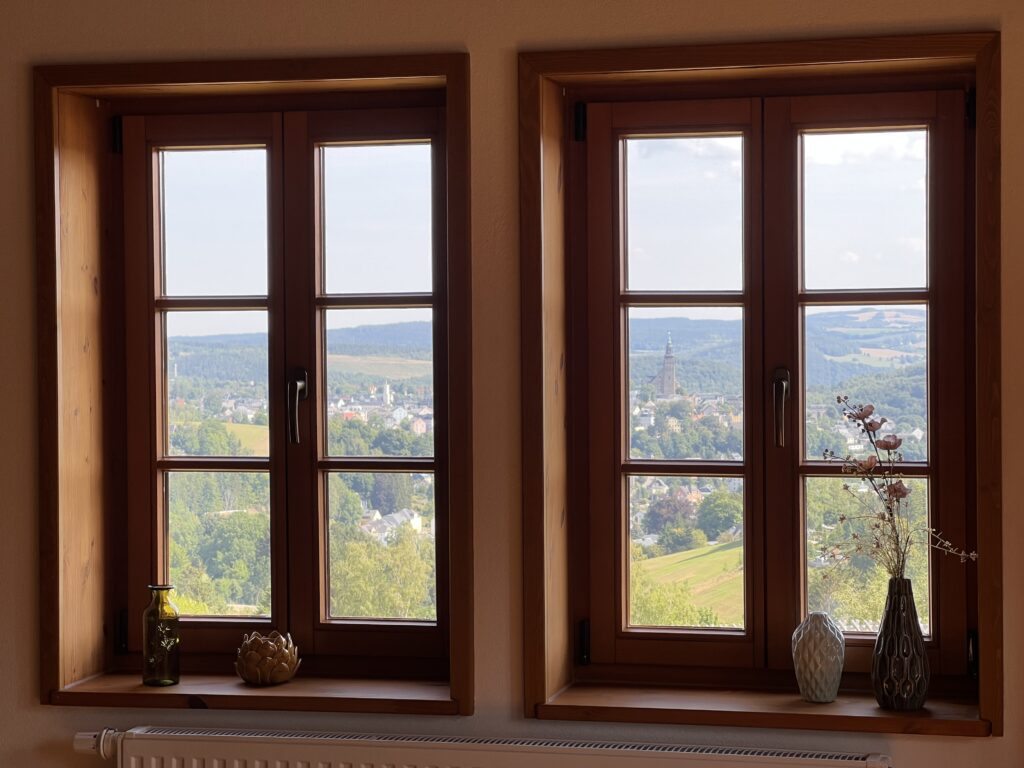Bergsicherung Sachsen rehabilitates old mines nationwide with expertise from the Ore Mountains
‘I may have studied mining engineering, but as a graduate engineer in geotechnics and mining at university, I didn’t learn what awaits me and my miners in old mines,’ says mining assessor Tobias Steinert in the opening speech for his company’s anniversary. First he was an authorised signatory, then Managing Director and in 2015 he took over Bergsicherung Sachsen from founder Frank Riebisch.

Today’s mining assessor knew how modern mining works after completing his studies. But mining half a millennium ago was purely manual labour. It all started with rich silver finds in the Ore Mountains. Mining pits were created everywhere. This was the name given to the places where ore veins were found and mines were created. Most of what remains today are narrow shafts and tunnels that are often not recorded anywhere. When these are then washed out by water in the mountain, they collapse and come to light in places where no one had previously suspected them. The Saxon Mining Authority is regarded as the mining police and has around 15 million euros at its disposal each year to avert danger if, for example, a road has collapsed or the terrace of a house has sunk. Bergsicherung Sachsen is then also tasked with remediation work, which often has to be carried out by hand underground because there is hardly any room for equipment.
‘So far, there is no project that I know of where things have gone as planned.’ Tobias Steinert, Head of Mining Safety Saxony

Bergsicherung Sachsen currently has a total of 60 employees and trainees. The majority are miners. However, miners and machine operators have also been trained here. The job is exciting for all of them because there are always surprises underground due to few or no old records.

However, the biggest project to date was realised by the Saxons in Baden-Württemberg. On behalf of Heidelberg Zement, they had to secure the roof of a huge chamber in the Obrigheim gypsum mine. ‘That was something quite extraordinary for us. Here in ore mining in Saxony, we are used to face widths of one metre or less and a height of 1.60 metres. There we were suddenly in a 14 metre high hall,’ enthuses Steinert, who developed a unique concept with his company for securing the endangered cavity.
The headquarters of Bergsicherung Sachsen is located in a 520-year-old mine. A faithfully reconstructed forge house houses a wonderful holiday flat for four people on the upper floor. It can be booked at Schindleralm.de.



